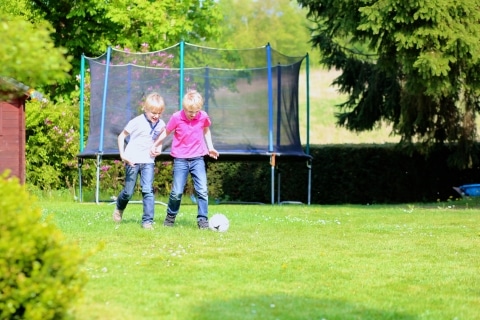Which Is Easier Stepmom Or Stepdad?
It is important to note that bonding between stepparents and stepchildren can vary widely. The bonding process depends on numerous factors, including the personalities of the individuals involved, the age of the children, and the circumstances surrounding the blended family.
While there may be common perceptions or stereotypes about stepfathers having a more challenging time bonding with stepchildren than stepmothers, it is essential to recognize that every family situation is unique.
Research on this topic suggests that the quality of the relationship between a stepfather and stepchildren is influenced by various factors, such as the level of involvement, communication, and mutual respect within the family.
The idea that stepfathers universally struggle more than stepmothers may not be accurate, as individuals and their relationships are highly subjective. Stepmothers may face challenges related to loyalty issues between children and their biological mothers.
Children may experience conflicting emotions and loyalties, making it harder for stepmothers to establish a close bond. The loyalty issues can stem from the child’s desire to maintain a strong connection with their biological parent, especially when the birth mother is still actively involved in their lives.
Difficulty bonding between stepparents and stepchildren varies widely and cannot be generalized based solely on gender. Stepfathers and stepmothers can face unique challenges, and successful bonding often depends on open communication, understanding, and efforts from all family members.
Time plays a significant factor in the bonding between stepparents and children. The time a stepmom or stepdad has been part of a child’s life impacts the bonding process.
For example, when a stepparent enters a child’s life when the child is very young, it may be easier to develop a close relationship than when entering a child’s life during the teenage years.
The family support system is another crucial aspect influencing the bonding process between stepparents and children. Extended family and friends can influence the development of a strong bond between stepparents and stepchildren.
When the support system offers positive guidance, emotional comfort, and a sense of security, children can feel more comfortable and ready to form a bond with their stepparents.
As a stepparent, you cannot control how long you have been in your stepchildren’s lives or your family support system. However, you can take steps to help form a strong bond in other ways, like finding shared interests or activities.
This is where the question arises again—who has it harder? Stepmom or stepdad? Finding shared interests may present challenges for stepmoms and stepdads if they are not already “built-in,” meaning you shared the interest individually and now can share it.
You will often need to work with your stepchild to find something new to share or choose to participate in one of your stepchild’s interests. Regardless of how you find activities or interests, shared activities can help break down barriers, foster mutual understanding, and lay a foundation for a stronger relationship.
As a stepmom or stepdad, it is vital to acknowledge the impact of your relationship with your stepchildren’s biological parent. A respectful relationship between the adults in a child’s life will set a positive example and help create a stable, secure environment.
Conflict, tension, and negatively speaking about a biological parent can also adversely affect your attempts to bond with your stepchildren.
Stepmoms and stepdads have a tough job. Building meaningful relationships takes patience and perseverance. Bonding with your stepchildren may not happen overnight. It often requires time, effort, and a willingness to learn and adapt to their needs and perspectives.
Check out Support for Stepdads for more helpful posts about parenting and life!






